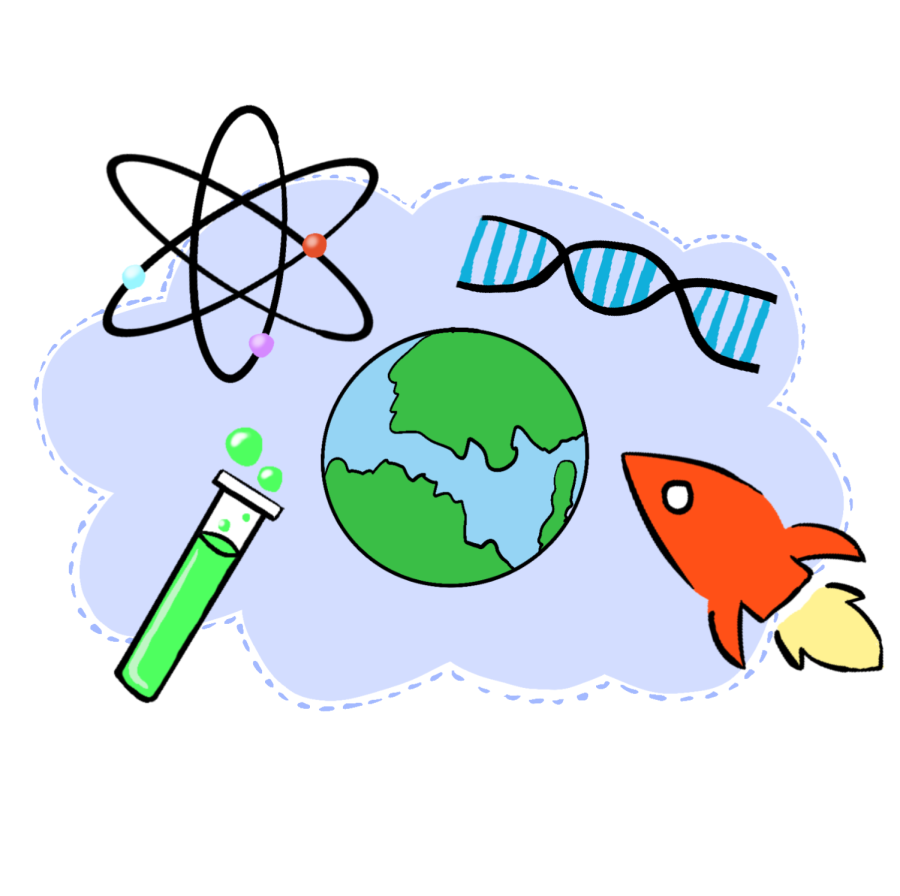Illustration by Jasmine Bezotte
Science Column: The Impact of a Fusion Reactor
A fusion reactor, science’s way of having a star on earth. The process of a fusion reactor is thermal nuclear, which basically means that it generates a lot of heat. It must be so hot in fact that the atoms must be stripped of its electrons making a plasma where electrons and neutrons bounce around freely. As most know, the same type charges repel each other, but to overcome this the particles must be going so fast that it overcomes that fact and in this case very fast means very hot. Stars are so massive that they squeeze the nuclei until they merge and fuse which releases energy. This is the energy that scientists hope to harness.
The thought of having a mini sun on earth can seem dangerous, but the facts are simple. Having a working fusion reactor is far more safe then any form of energy that we currently have. Nuclear power plants can meltdown and leek waste out into the ecosystem. If a fusion reactor fails, the plasma would expand and cool causing the reaction to stop. In short terms a fusion reactor is not a bomb. An efficient fusion reactor will be able to take a single cup of salt water and produce the same amount of energy as a barrel of oil, but with no waste to speak of. The effects of a fusion reactor will be able to reverse a lot of the effects of global warming and better cut on people’s toxic footprint around the world.
A fusion reactor would greatly improve the life of our planet, but also the well-being of everyone on the planet. We would be able to have energy without any worry of waste and pollution like we do now. However, they are tough to make, the different materials needed for the reaction are incredibly hard to find, or could cause harm to the environment already. However, the prospect of fusion energy is undeniable and could allow the human race to take a step forward in bettering our planet, travel, and explore space.

